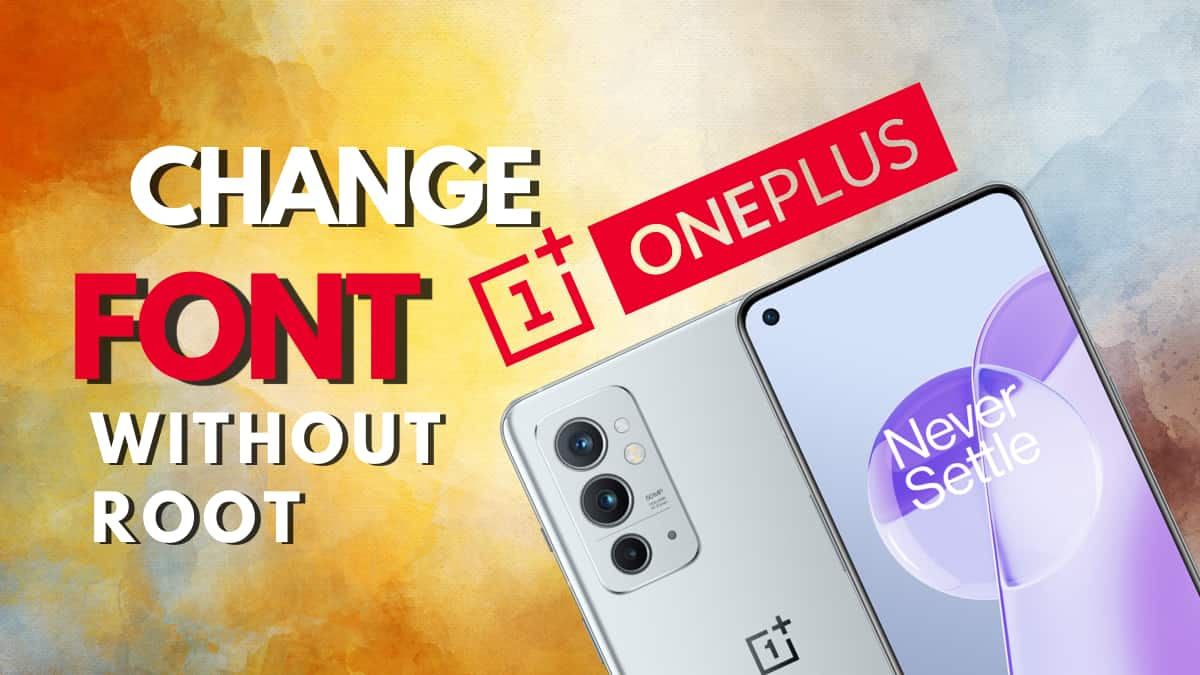Indian Railways, one of the world’s largest railway networks, provides numerous classes of travel to meet the demands of diverse passengers.
Executive Class (EC) and Chair Car (CC) are two popular classes on Express trains. While both classes provide comfortable air-conditioned travel, certain major features distinguish each class. In this article, we shall look at the differences between EC and CC in Indian Railways.
Difference between Executive Class (EC) and Chair Car (CC) in Indian Railways
| Limited availability on some trains | Executive Class (EC) | Chair Car Class (CC) |
|---|---|---|
| Seating Layout | 2 × 2 | 3 × 2 |
| Space and Comfort | More spacious and comfortable seating | Comfortable seating arrangement |
| Fare | Higher premium fare | Lower, more budget-friendly fare |
| Service Level | Higher level of service, additional amenities | Standard service with air-conditioning |
| Suitability | Suited for passengers seeking luxury and space | Suitable for passengers on a budget |
| Availability | Limited availability in some trains | Widely available in various train services |
| Typical Trains | Often found in premium and high-speed trains | Commonly seen in Shatabdi Express and others |
Passengers Capacity
A full Executive Class coach can generally transport 56 persons, however, a Chair Car Class coach can carry up to 78. A greater number of travelers can choose the Chair Car Class for their journeys due to the enhanced seating capacity.
Seating Arrangement
The sitting configuration is the primary distinction between the Executive Class and Chair Car on the Shatabdi Express. The seats in Executive Class are configured in a 2-2 configuration, providing passengers with a more spacious and comfortable experience.

In Chair Car Class, however, the seats are arranged in a 3-2 pattern, accommodating a somewhat larger number of passengers in each row, making it a touch clunky.

Berths and Luggage
Executive Class coaches are only designed for chair car-style seats and do not have sleeper berths. The Chair Car Class, on the other hand, is wholly dedicated to seating configurations, with no sleeper compartment. Because both classes are air-conditioned, they create a clean and sanitary environment, making passengers’ travel experience pleasant.
Fares and Catering
Fares for the Executive Class are higher than those for the Chair Car Class and are comparable to those for First Class. The additional comfort and amenities provided by Executive Class justify the higher price.
Additionally, the Executive Class ticket price includes catering charges, guaranteeing that customers are fed meals throughout their flight. The tickets in Chair Car Class are higher than those in Sleeper Class but lower than those in AC III Tier, making it a more cost-effective option.
Walkway and Leg Space
Another notable difference is the leg space and the central walkway. The architecture of Executive Class provides passengers additional legroom, resulting in a more relaxing journey.
This class’s central pathway is noticeably broader, allowing for easier movement and a less packed ambiance. The Chair Car Class, on the other hand, provides a comfortable journey, however, legroom may be less than in the Executive Class and the central walkway is slightly narrower.
Other classes
The Indian Railways network is indeed one of the largest in the world, and it provides a diverse range of classes to accommodate the varied preferences and budgets of passengers. Here are some of the key classes of travel offered by Indian Railways:
- Sleeper Class (SL):
- Sleeper Class is one of the most common classes, providing budget-friendly long-distance travel.
- It offers non-air-conditioned coaches with sleeping berths in open bays.
- AC 3 Tier (3AC):
- AC 3 Tier provides air-conditioned coaches with three-tiered berths.
- It is a more comfortable option than Sleeper Class and is popular for overnight journeys.
- AC 2 Tier (2AC):
- AC 2 Tier offers air-conditioned coaches with two-tiered berths.
- It provides a higher level of comfort compared to AC 3 Tier and is often chosen for long-distance travel.
- AC 1 Tier (1AC):
- AC 1 Tier is the highest class of travel in terms of luxury and comfort.
- It offers private cabins with a single or double occupancy, along with attached bathrooms.
- Chair Car (CC):
- As mentioned earlier, the Chair Car is an air-conditioned class with comfortable seating, commonly found in day trains like Shatabdi Express.
- Executive Chair Car (EC):
- Executive Chair Car is a premium class with more spacious and comfortable seating, often found in high-speed trains.
- Second Sitting (2S):
- Second Sitting is a budget-friendly class with non-air-conditioned seating, suitable for short-distance journeys.
- First Class (FC):
- First Class provides a higher level of comfort with a limited number of seats and enhanced services. It is available on certain express trains.
These classes cater to a wide range of passenger preferences, allowing individuals to choose the level of comfort that suits their needs and budget for a particular journey. Keep in mind that the availability of these classes may vary depending on the specific train and route.
Passengers can make their choice based on their individual preferences and travel priorities. Some may opt for the added comfort and space of Executive Class, while others may prefer the more economical option of Chair Car Class. The availability of tickets in each class can also influence the decision-making process for travelers.




